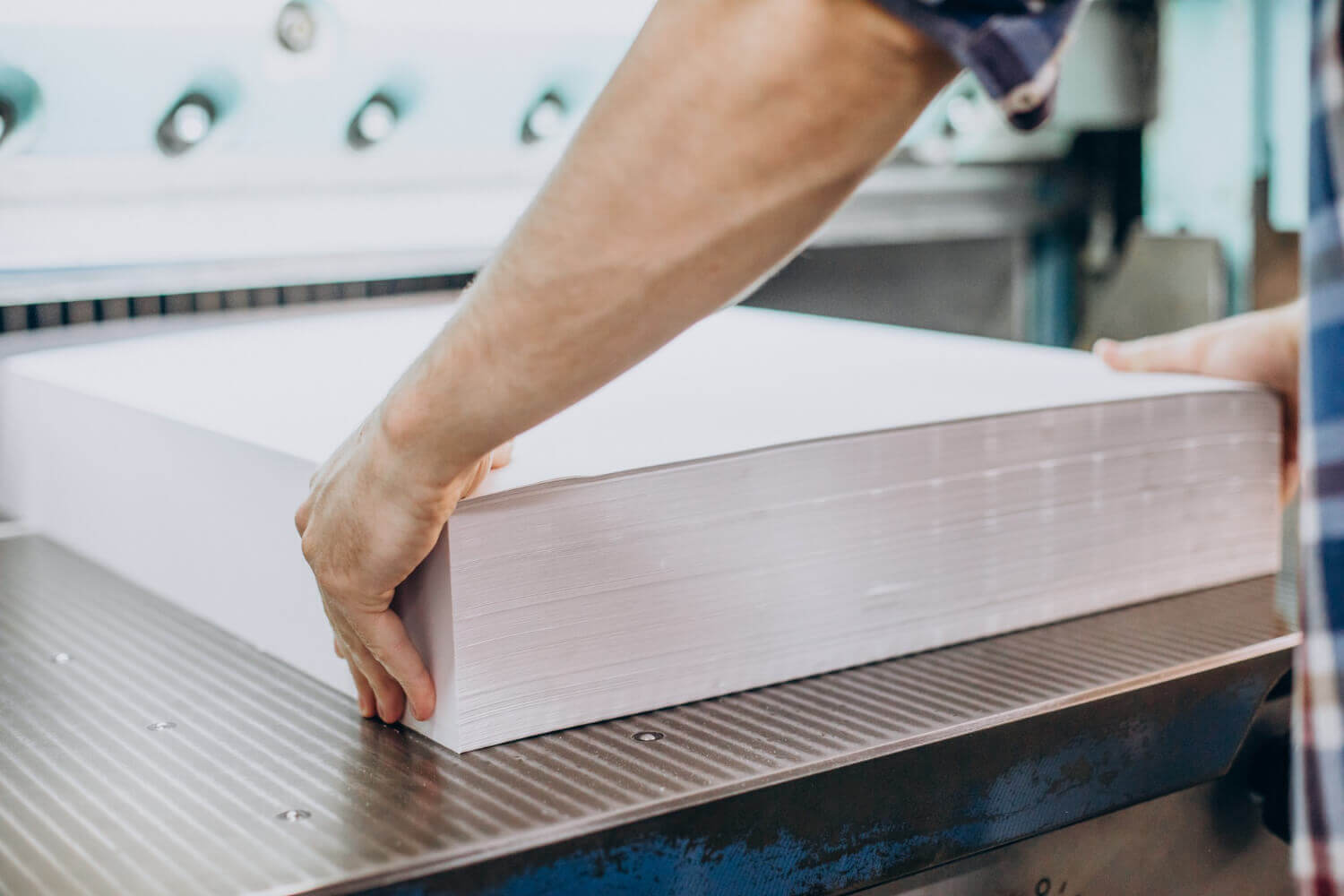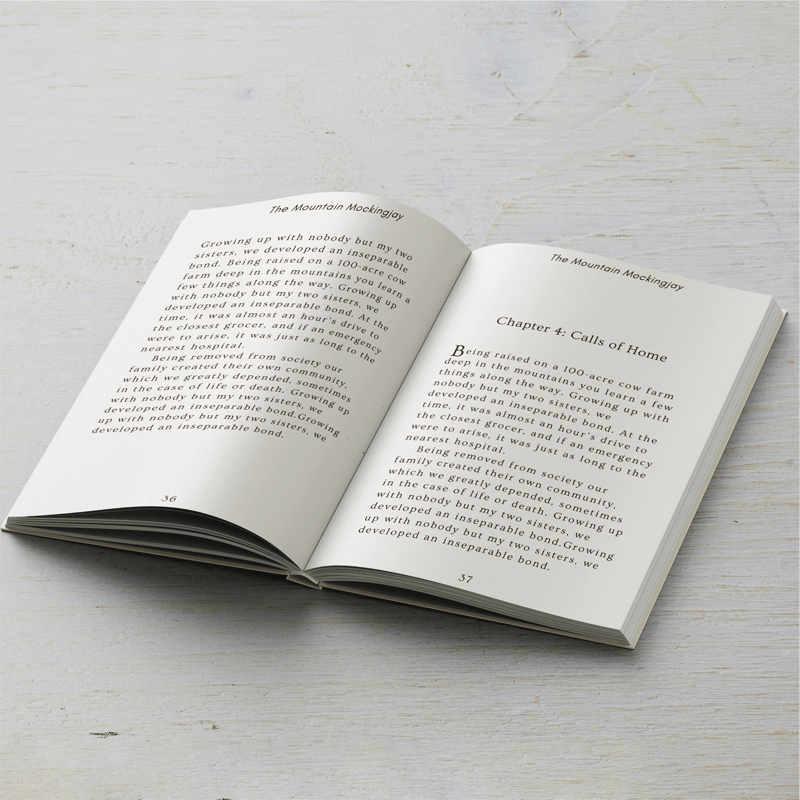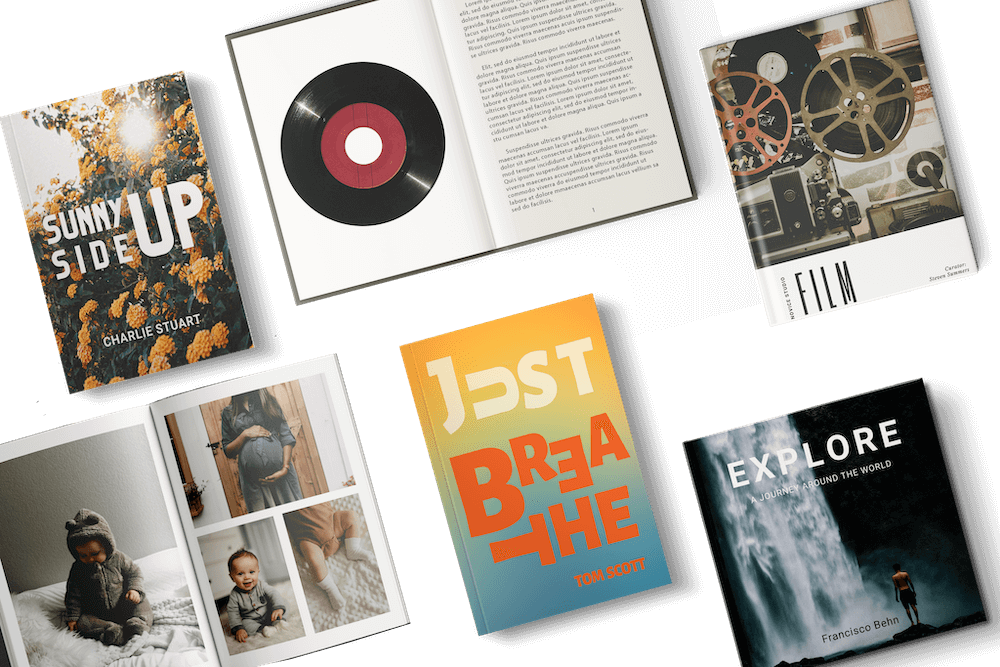Introduction
Collation is the process of arranging pages in the correct order for printing. It plays a key role in creating polished, professional materials like booklets, catalogs, and magazines. In this guide, we’ll explain what collation means, why it’s important, and how you can use it to elevate your print projects. Whether you're an experienced creator or just getting started, this guide will provide practical tips to simplify your workflow.
What is collating in printing?
Collating means organizing pages so that each set is complete and ready for binding. For instance, when printing a 12-page booklet, collation ensures each copy has pages 1 through 12 in the correct order. Without collation, pages would be printed in bulk, with all copies of page 1 grouped together, followed by all copies of page 2, and so on, leaving you to sort them manually.
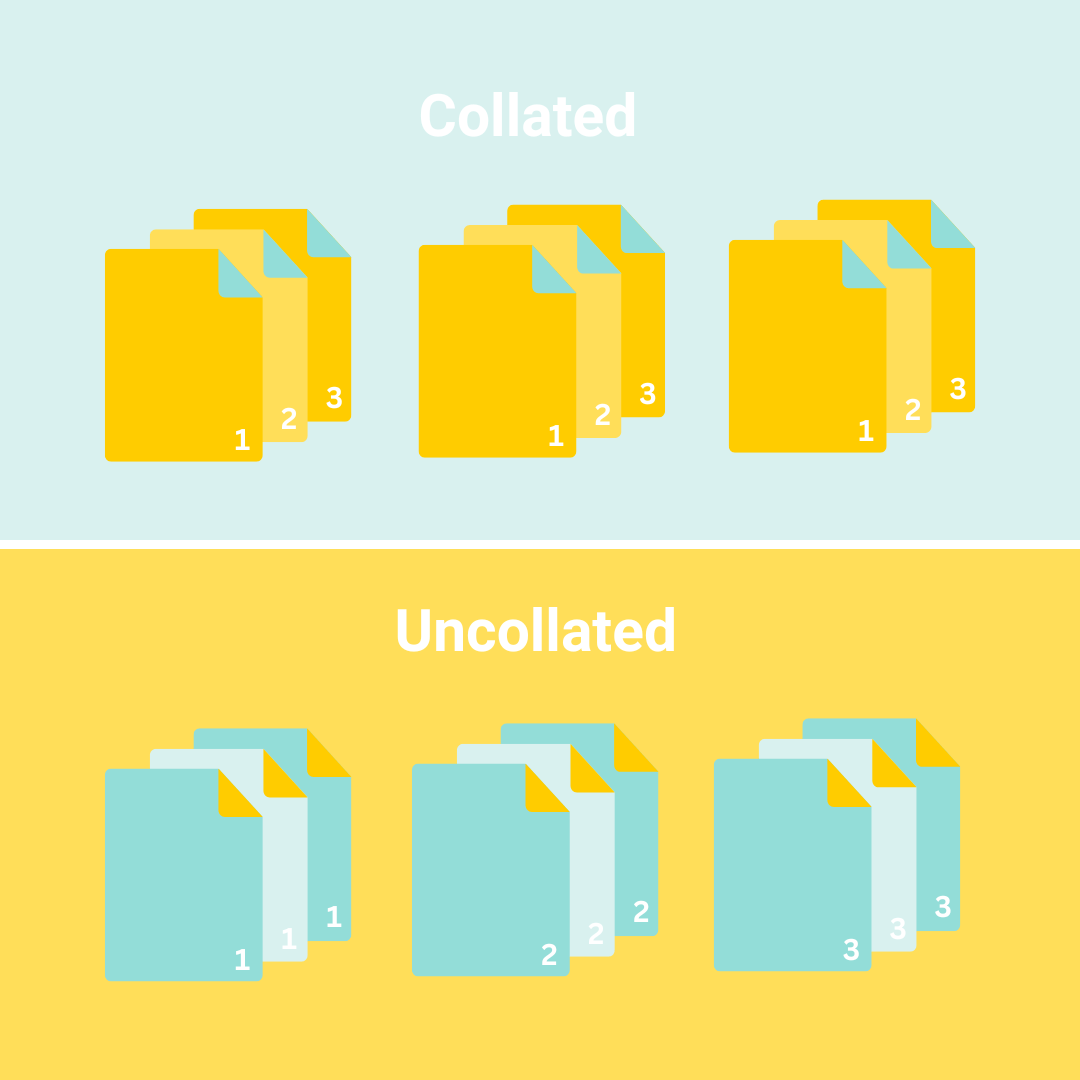
Why Collated Printing Matters
Ultimately, it’s a real time-saver. Collation speeds up the printing process and streamlines assembly. It’s also convenient as pre-arranged pages reduce manual work, making it easier to manage large print runs. Plus, properly collated materials are tidy and error-free, giving prints a high-quality finish.
Where Collated Printing Shines
- Booklet printing is ideal for event programs, manuals, or promotional materials that require a clear page flow.
- Catalog printing keeps product details organized for seamless browsing experiences.
- Book printing (Hardcover and Paperback) ensures smooth content progression for publications like novels and coffee table books.
- Comic Book printing with collation preserves the pacing and impact of your story, which is also vital for publications like graphic novels.
- Magazine printing with collated pages achieves cohesive layouts across articles, ads, and features.
Collated vs Uncollated Printing
Collated Printing means pages are arranged sequentially into complete sets, ready for binding. However, uncollated printing means identical pages are grouped together, ideal for single-page prints like flyers or posters. You should choose collated printing for multi-page projects where sequencing is essential and uncollated printing for standalone materials that don’t require pages to appear in a specific order.
Manual Collation vs Automatic Collation
Manual collation refers to sorting pages by hand. While precise, this process is time-intensive and better suited for small print runs. On the other hand, automatic collation uses modern printers like Mixam’s to handle collation digitally, organizing pages in seconds. This procedure eliminates sorting errors and saves time for larger print jobs.
Tips for Successful Collated Printing
- Check Your Settings: Before starting your project, ensure collation is enabled in your design software.
- Label Files Clearly: Use simple, sequential names like “page1.pdf” to keep everything in order. This approach will ensure Mixam’s artwork manager quickly identifies and orders your files correctly.
- Rearrange Pages Easily: Mixam’s Artwork tab lets you drag and drop pages or specify their order even after uploading.
- Design Online: Use Mixam’s free Design Online tool, which handles collation automatically and includes a range of file customization options.
- Ask for help: Contact our team of print experts for assistance if you’re unsure about your file setup or page order.
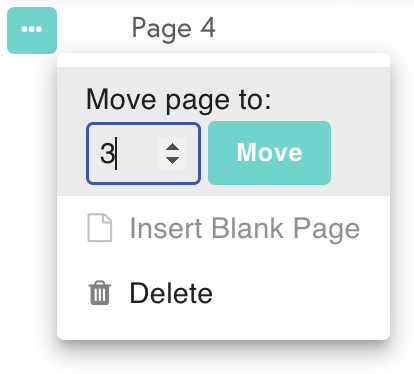
Conclusion
Understanding collation helps you create visually cohesive, standout materials. At Mixam, we make printing easy and affordable with advanced tools and expert support to ensure your projects are always on point.
Visit Mixam’s website for an instant free quote. Download Mixam’s free Book Printing Guide to learn how to print a book, and the PrintLink Guide to start your own print-on-demand business.
Main Image Credit: Freepik
